Road Trip Day – YEA!
We pack a lunch and headed to Homolovi Ruins State Park.
First some background information:
“In the high grassland of 14th century northern Arizona, an ancient people found a home along the Little Colorado River. These people, the Hisat'sinom (known to archaeologists as the Anasazi), paused in their migrations to till the rich flood plain and sandy slopes before continuing north to join people already living on the mesas, people who are today known as the Hopi.
The Hopi people of today still consider Homolovi, as well as other pre-Columbian sites in the southwest, to be part of their homeland. They continue to make pilgrimages to these sites, renewing the ties of the people with the land. The Hopi tell us that the broken pottery and stones are now part of the land and are the trail the Bahana will follow when he returns. Therefore, these are mute reminders that the Hopi continue to follow the true Hopi way and the instructions of Masau'u.
The years have brought many changes to Homolovi. The migrations ended when the people settled at the center of the world, the Hopi Mesas north of Homolovi. However, as new people appeared, such as the Dine' (Navajo) and later the Europeans, the Hopi watched as their homeland was occupied by the new people. Eventually they also saw these people begin destroying their ancient homes, digging in these sacred sites for curios and for items to sell.
In an effort to protect some of these sites, the Hopi people supported the idea of Homolovi Ruins State Park. This idea resulted in the establishment of the park in 1986 and the opening of the park in 1993.
The primary Homolovi interpretive resources consists of archaeological sites including four major pueblos, numerous smaller structures, and site features ranging in size from one-room pit houses or simple artifact scatters to a 1200 room pueblo, and panels of petroglyphs with depictions of kachina and clan symbols. The sites date from three main periods: AD 620-850, AD 1050-1225, and AD 1260-1400. During each of these periods there was a concentrated population of people living near the Little Colorado River. Members of the Hopi Nation consider this area an important ancestral site and return to Homolovi for religious purposes. “
Our first stop was the visitor center/museum. There are four main villages in the park but only two are open to the public – Homolovi I and Homolovi II.
We decided to go to Homolovi II Ruin first. It is about 1 mile from the Visitor Center and then a 1/2 mile paved interpretive trail:
If you look closely, the “wall” between the picnic shelter and the couple is the actual village:
This is one of the “houses” that has been excavated and stabilized:
We learned that once they excavate, they fill back in. It is very expensive to stabilize so they do not do the whole village. The other thing we learned (and you will see in the pictures) is that the rooms are below ground.
One of the views from the village – an area where they farmed:
If you look closely at the above pictures, the darker area to the left is the Little Colorado River Basin. The area in front is a flat area where the people grew crops. Since the village sat on top of a “hill”, they could see in all directions.
There were many shards throughout this area. We were encouraged to look and feel but not to take. Looks like these must have been some beautiful pottery.
We made our way back towards the visitor center with a small side trip to see the petroglyphs. We couldn’t find them but these rocks were AWESOME.
We even saw some of the local population ![]() :
:
From there we made our way to Homolovi I.
This “hill” is actually the village”:
The Little Colorado on the left and an excavated room on the right:
You can see the “mound” on the backside of the room wall – this is actually more rooms that nature has taken over.
The view from the top – notice the Little Colorado Basin (all the greenery):
A very interesting place. If you are in this area, I highly recommend a stopover.
We had lunch in the car at Homolovi I. The winds here are constant – spring time in the southwest – ![]()
We continued our journey to Brigham City.
“Brigham City is a ghost town in Navajo County, Arizona, United States. Founded by Latter-day Saints near the present city of Winslow in 1876, it was three miles north of Winslow's current city center along the Little Colorado River. It was organized as a Latter-Day Saints ward in 1878, but by 1881 it had been abandoned.
Twenty Mormon families and fifteen bachelors from Salt Lake City settled the area, and built homes inside protective walls originally measuring 200 feet (61 m) long and 7 feet (2.1 m) high. Flash flooding led to crop failures that washed away the dams and irrigation systems caused the abandonment of the town by 1881.
The US Census listed its population as 191 in 1880.”
We found the ghost town but it was all “locked” so this is a picture from the fence. The main wall is still standing as well as the large communal house. I couldn’t find much more information on it but it was still interesting to see.
Our last leg was a drive north of Winslow:
The wind continued to howl the rest of the afternoon. We checked into where we are going next and then just kicked back the rest of the day.
We will continue our adventures tomorrow so stayed tuned and enjoy today.
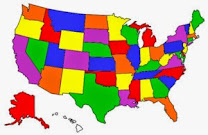


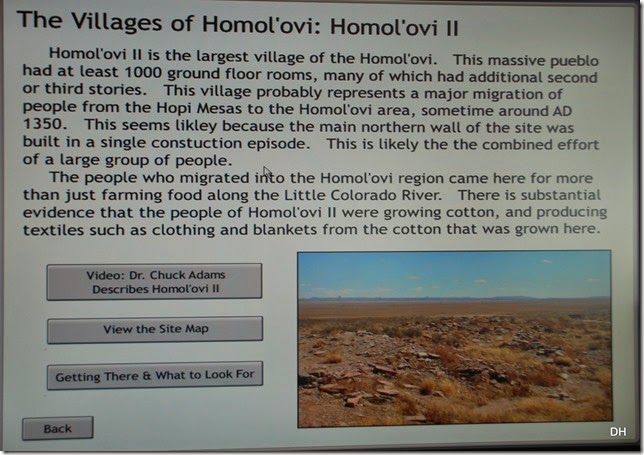
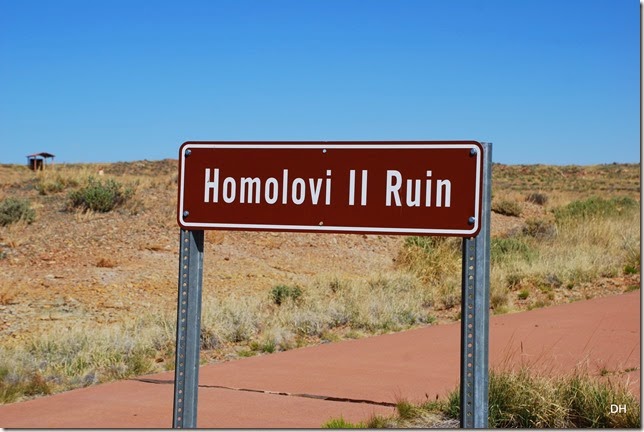
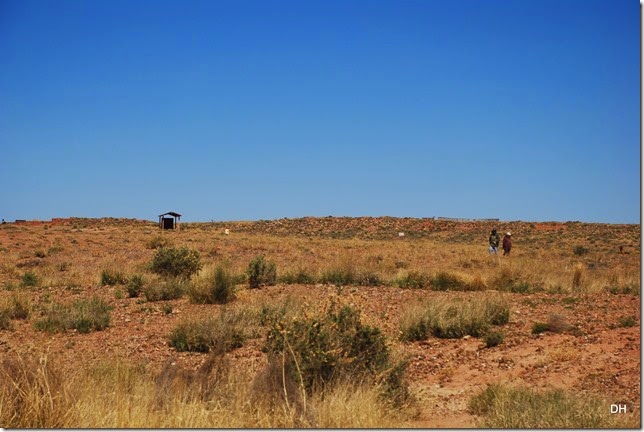
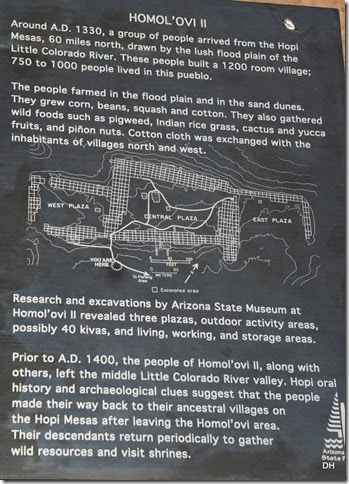
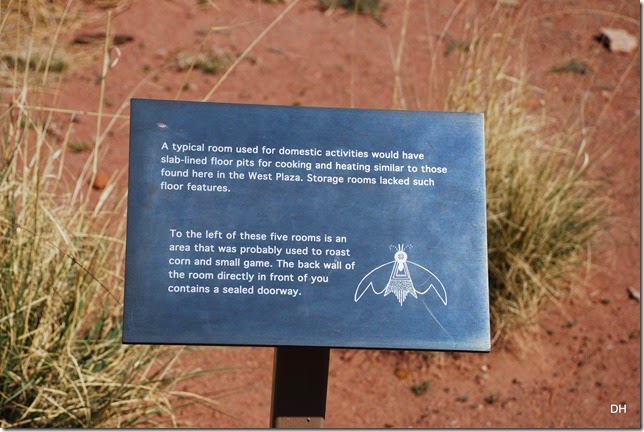
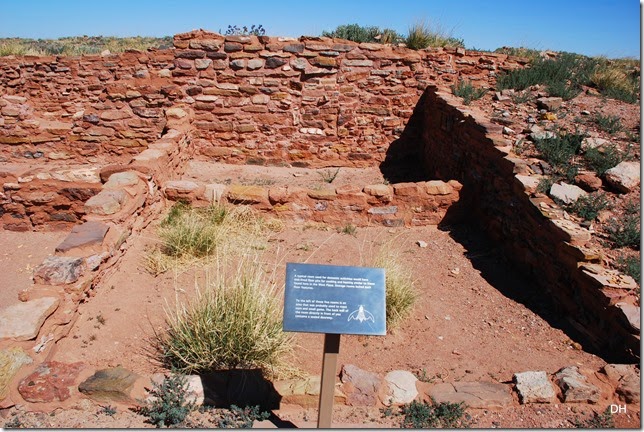
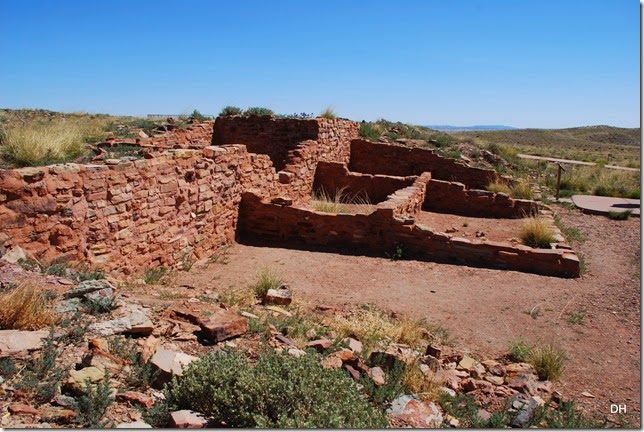
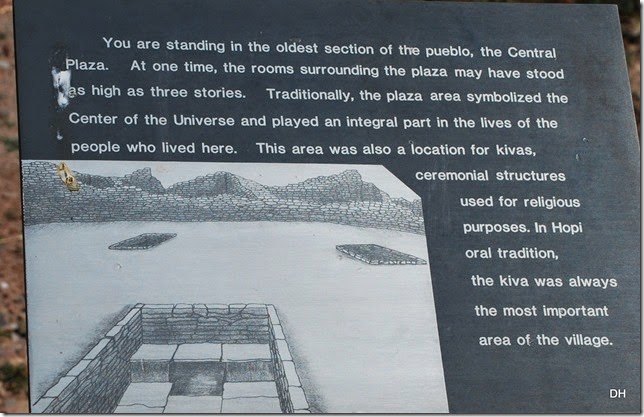
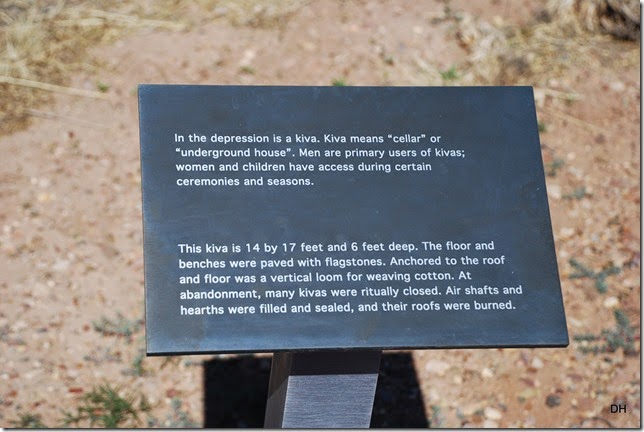

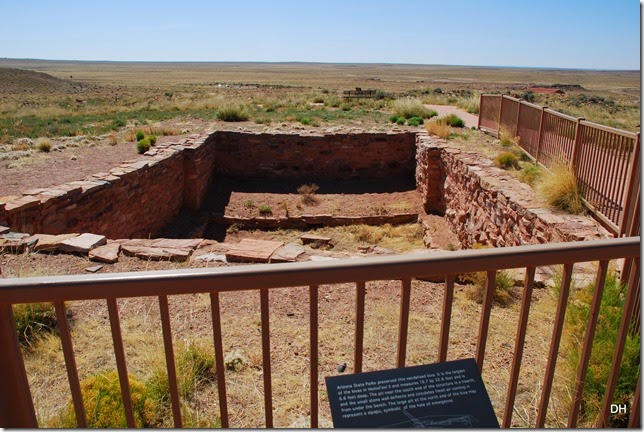
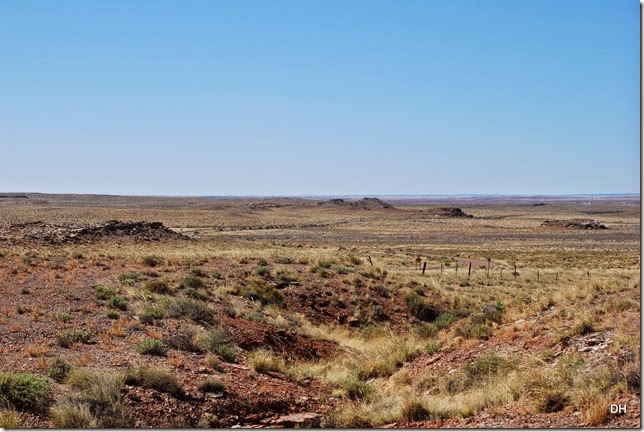

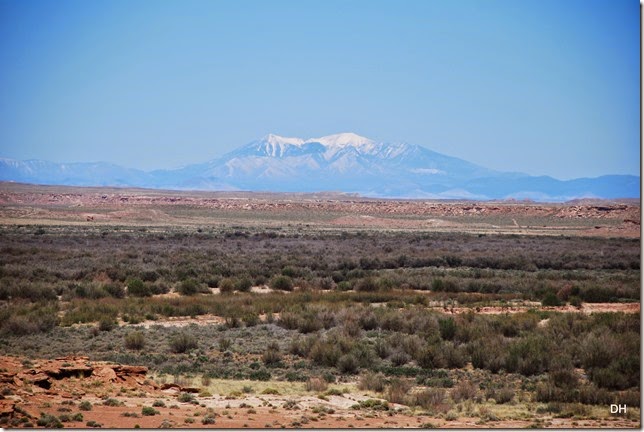
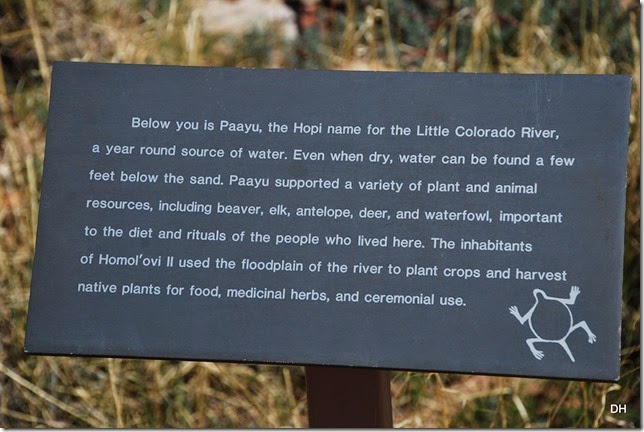
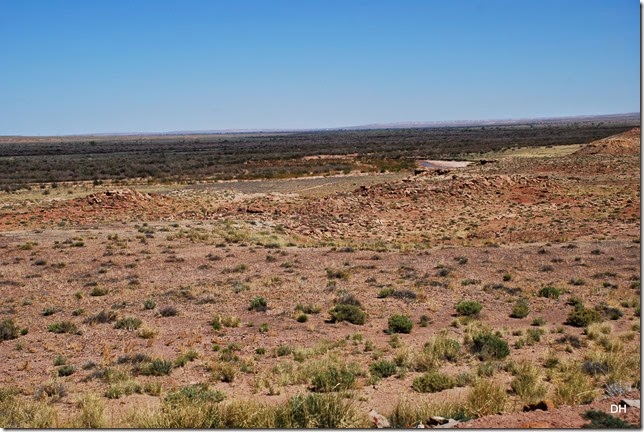

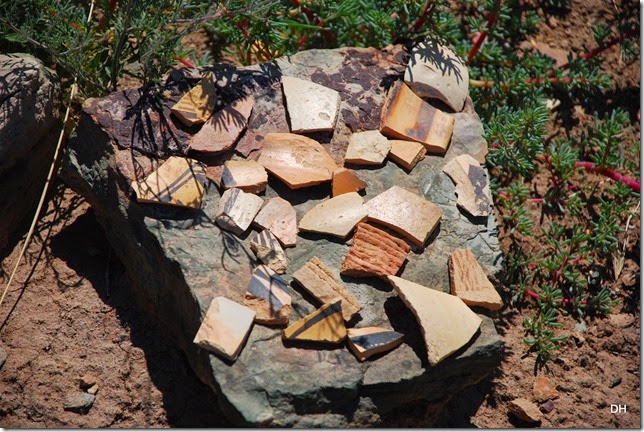
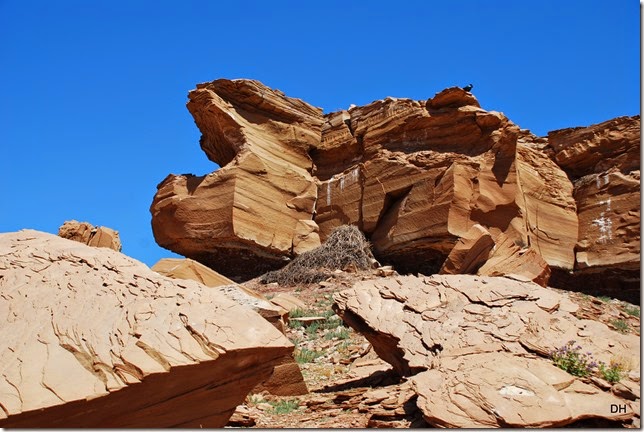



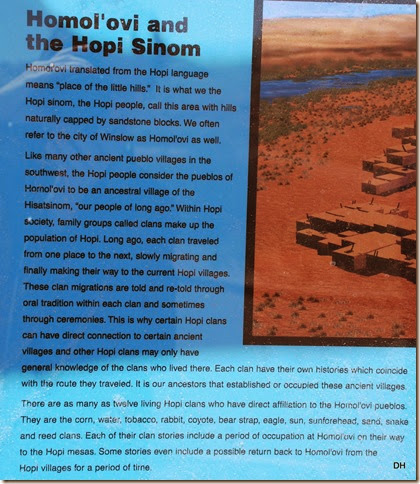
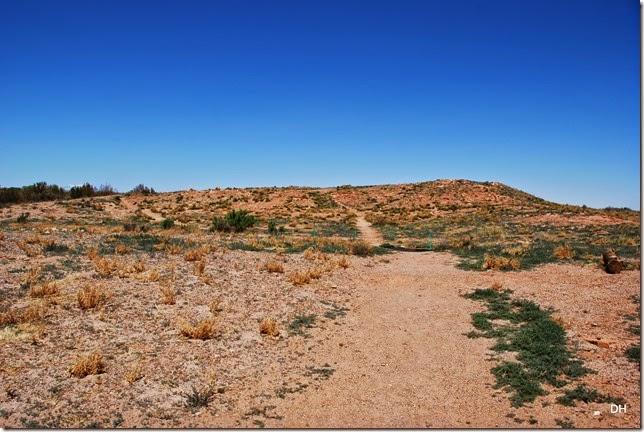

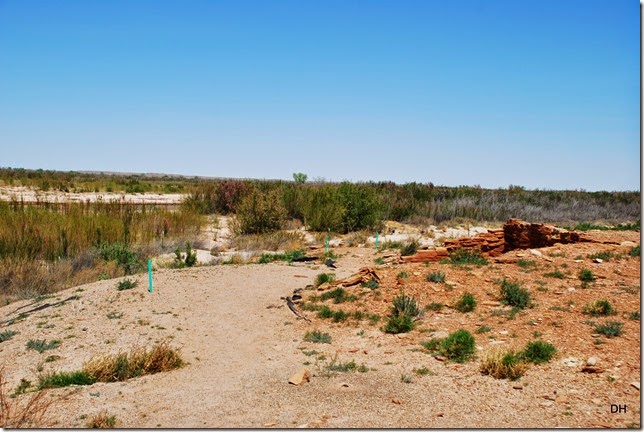
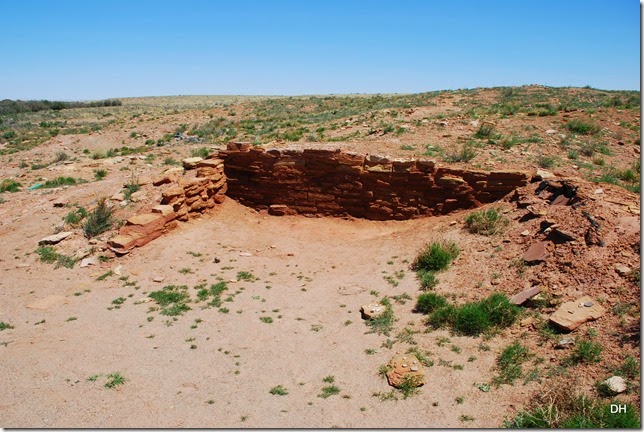
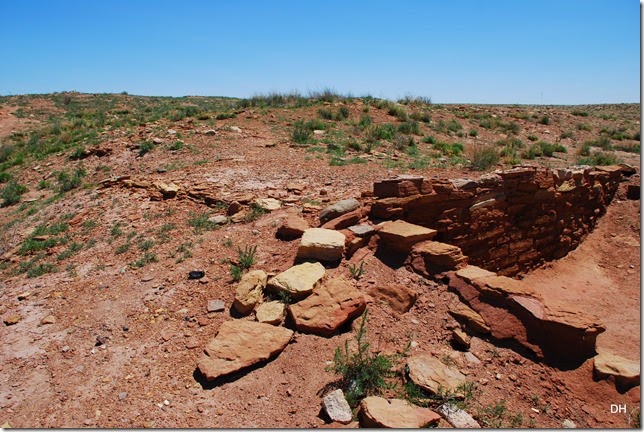
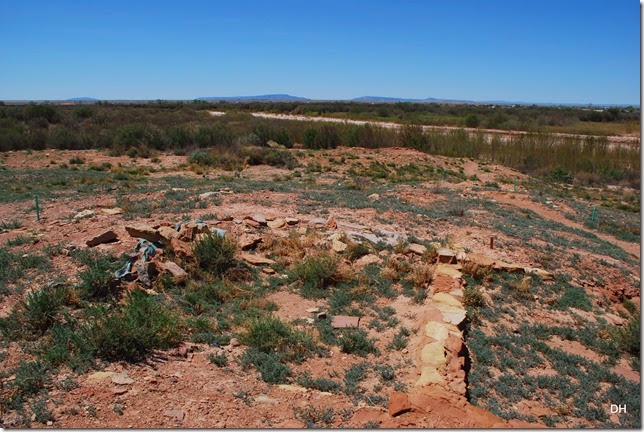
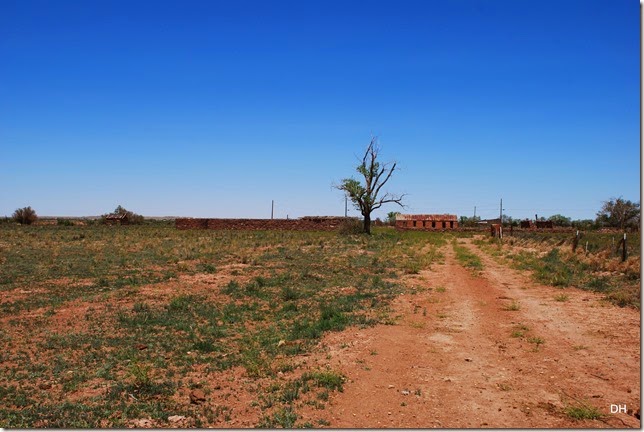
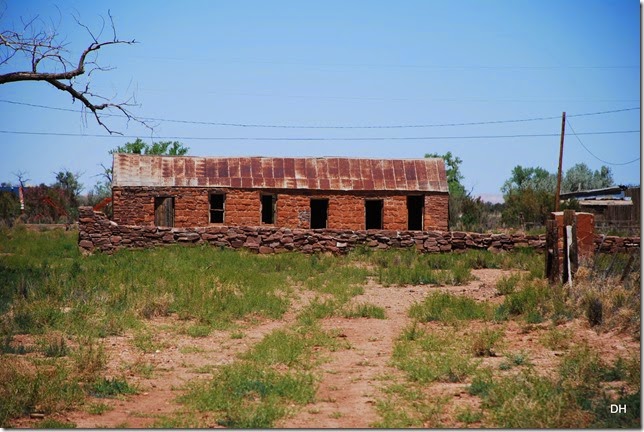
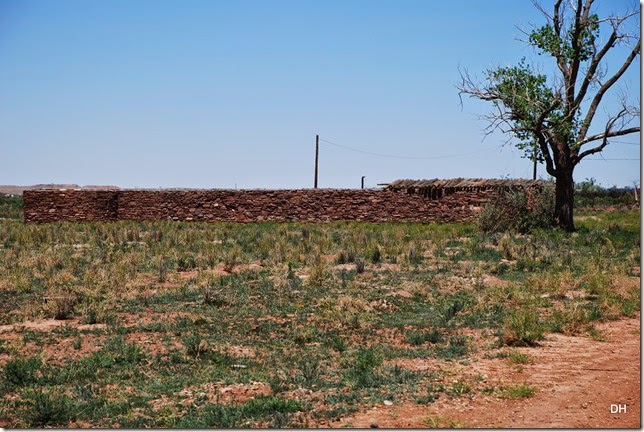
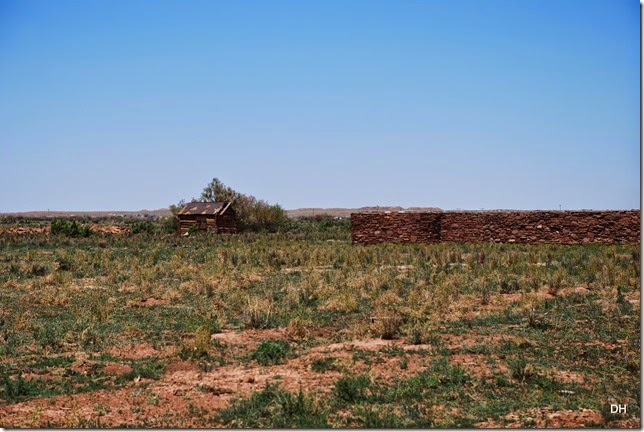
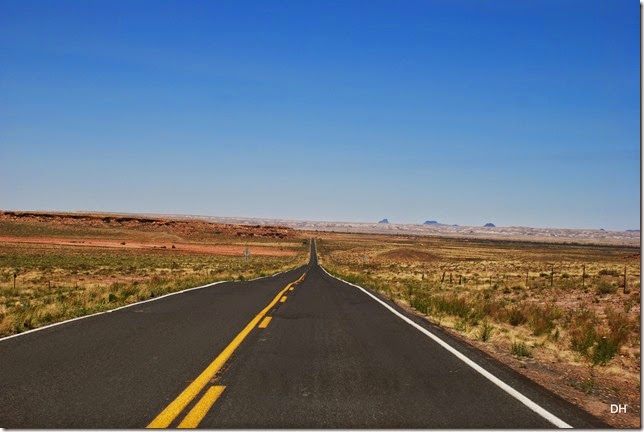
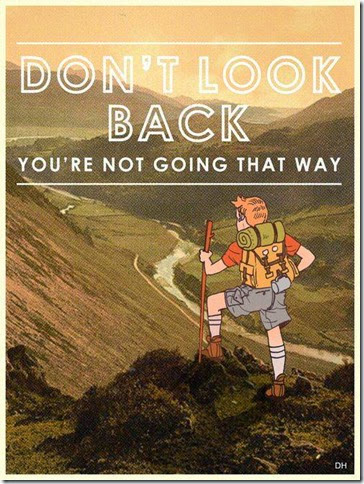


No comments:
Post a Comment